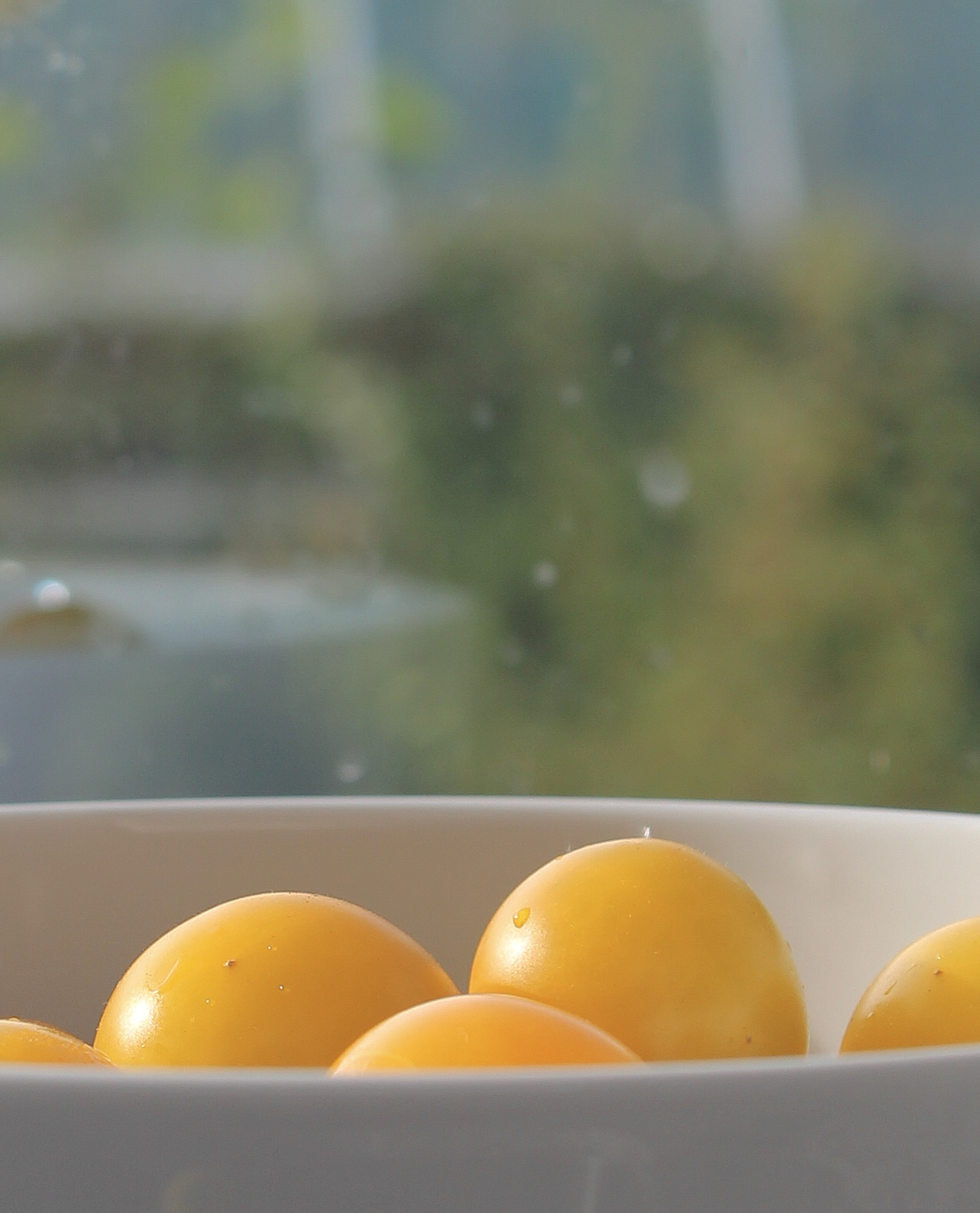
Check your greenhouse heater early in the month to make sure that it works before the cold nights set in. If it doesn’t, there is still time to make some running repairs or to buy a replacement; it is worth having a cheap back up heater, on standby, too.
Ventilate the greenhouse on sunny autumn days, shutting the windows by the middle of the afternoon to capture the warm air and slow down cooling. Pick your last tomatoes and ripen them on the windowsill and remove and compost tomato, aubergine and cucumber plants once they’ve finished cropping. If they have been growing in the greenhouse border, remove as many roots from the compost as possible.
Put tender plants under the benches before the first frosts for added protection and dry out the compost. Bring tender plants like fuschias, pelargoniums and marguerites into a cool, frost-free greenhouse, making sure they are pest and disease free. Check the compost in pots for vine weevil. After the first frosts, lift and store dahlias, in trays of used multipurpose compost in a frost-free greenhouse, having first cut off the stems to within two inches of the base and turning them upside down so water drains out of the stems and allowing them to dry.
Insulate the glasshouse with bubble wrap or fleece, making sure you can still open the vents. I find bubble wrapping the whole greenhouse a real chore and it makes the greenhouse cold and humid, so I put all of the more tender plants around the propagator and cover the remainder with layers of horticultural fleece instead.
Go through the greenhouse checking under pots for hidden slugs and other pests, and remove yellowing or dead leaves and faded flowers before rots develop. This should be a regular job over winter. Remove and compost any dead foliage affected by summer greenhouse pests.
Reduce watering of your pot plants, watering in the morning so they have dried out before temperatures drop at night
Pot up chives, parsley and mint, into pots or trays of compost and bring them into the greenhouse. Keep them slightly moist, and harvest the winter growth for use in the kitchen. With a little care, you should have mint with your late summer planted new potatoes at Christmas.
Hippeastrum bulbs are now for sale to bring some cheer to Christmas and the New Year. Start them into growth by watering sparingly at first; just a trickle of tepid water around the bulb, increasing the amount as more growth appears. Once they are actively growing, keep the compost moist but not waterlogged and take care not to get the flower bud wet. They like temperatures between around 20 C. Once they are growing well move them indoors.
Sow ‘Sweet Peas’ in deep pots or modules like ‘Rootrainers’ and grow them in a cold greenhouse or cold frame, with protection from mice – the bonus for starting at this time of year is that you don’t need a heated propagator for germination. Plants from October sown seeds tend to make stronger plants than those sown in spring.
Happy gardening and stay safe! Matt


